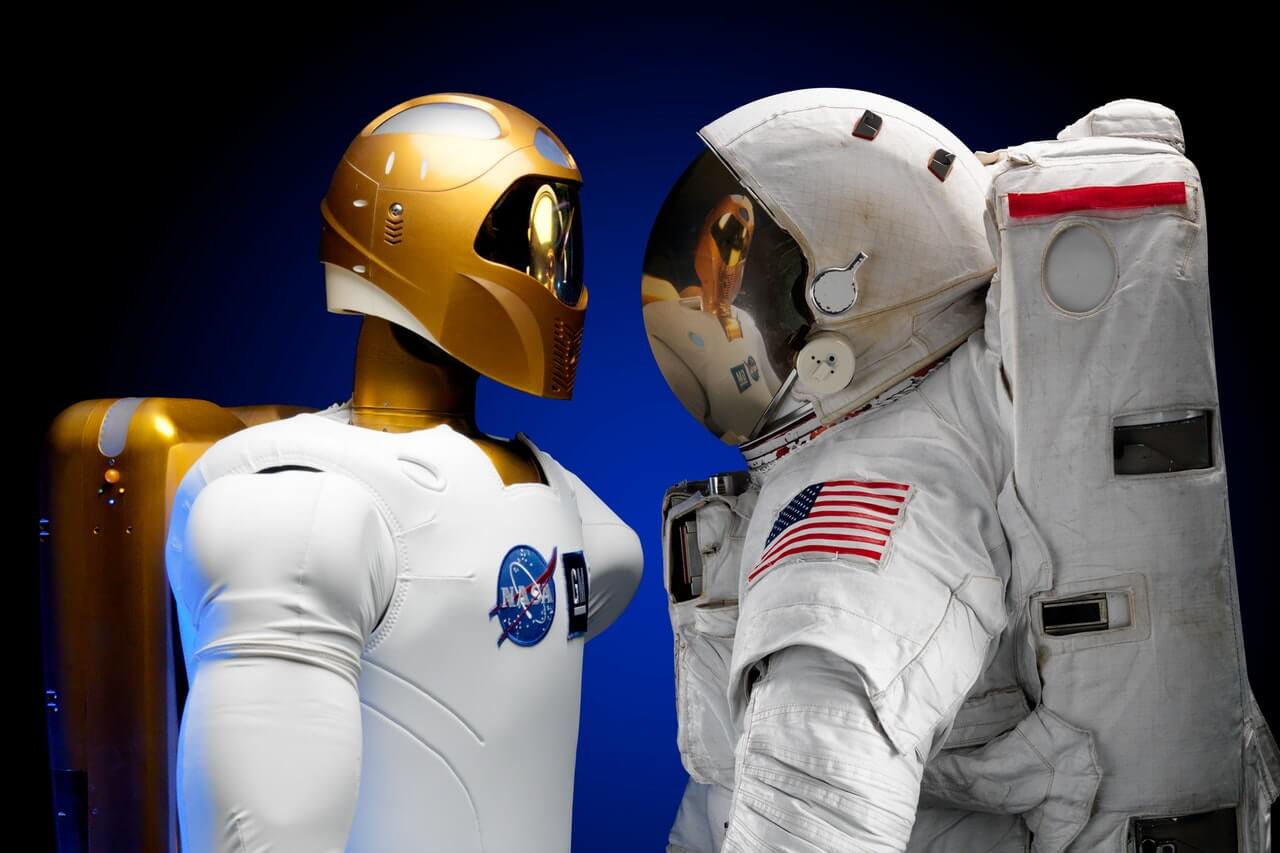In March, I attended the Machine Learning conference in Prague together with a colleague from ScanmarQED. There’s a lot of exciting developments and discussions in the AI and ML world, so it was no surprise that the conference attracted 1000 participants from 30 countries. But what is Artificial Intelligence, Machine Learning and Deep Learning?
There was no dedicated talk about the definitions nor history of AI, ML and DL. Conference participants were assumed to know these things. But the general public and those who are new to this often seem to use the terms AI and ML interchangeably when they are actually not quite the same thing.
Let me share one of the presentation slides of Professor Sepp Hochreiter which I think is a good overview of what AI, ML and DL are.
Check out these ML Prague talks:
- Sepp Hochreiter: https://slideslive.com/38906590/deep-learning-is-revolutionizing-artificial-intelligence
- Michael Lanzetta (face recognition example): https://slideslive.com/38906688/social-good-at-cloud-scale
Artificial Intelligence
It is well accepted that the idea of intelligent computers was pioneerd by mathematician Alan Turing. In the early 1950’s, he developed the Turing Test to test a machine’s ability to exhibit intelligent behaviour similar to that of a human. The term AI was coined by John McCarthy, professor of computer science at Stanford. In a 1955 proposal, he wrote “The study is to proceed on the basis of the conjecture that every aspect of learning or any other feature of intelligence can in principle be so precisely described that a machine can be made to simulate it.”
AI is then a concept of machines and programs being able to carry-out various ‘intelligent’ tasks like humans. This includes a variety of things, including playing chess, recommending products or movies, identifying faces and navigating roads. But how do machines do these tasks?
Machine Learning
Machine Learning is one of the mechanisms to achieve Artificial Intelligence. Basically Machine Learning is a set of algorithms or models that use experience (history, data) to predict new data, i.e. they learn from history.
One example is identifying spam emails. A model is built using a set of historical data where emails with a set of features (e.g. syntax or specific characters) are classified as spam and non-spam (this is called supervised learning). This model is then used when looking at new emails to identify whether or not an email is spam. Another example is clustering consumers based on their behaviour. Without defining the groups in advance, you let the machine analyse consumer features to create groups of similar consumers (this is called unsupervised learning).
If you have a large number of features (for example identifying a face), then you would need an efficient way of doing machine learning. This is where deep learning comes in.
Deep Learning
Deep Learning is machine learning using multi-layered neural networks. Patterned on how neurons in human brains work, neural networks involve a number of processors operating in parallel layers. The first layer is the input layer (what is observed) and the last layer is the output layer. In between are hidden layers where the processing of the data happens. If you'd like to know more about deep learning, you can watch Sepp Hochreiter’s lecture during the ML Prague conference.
The concept of neural networks in computers is not new, but with the advancement of computing power it has now become feasible. Deep Learning has enabled many practical and interesting applications of Machine Learning including face recognition, self-driving cars, natural language processing and preventive health care. These are exciting times not only for AI practioners, but for also for businesses, consumers and the general public.
